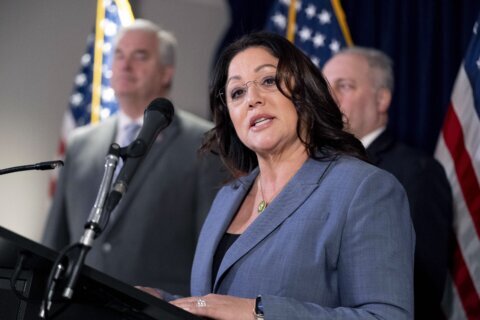There is one surefire cure for high gas prices. Unfortunately, it’s far worse than the problem itself: A recession.
Nothing kills demand for oil — and brings down prices faster — than recessions. Not only do they cause job losses, which means fewer people commuting to work, but those who keep their jobs invariably pull back on spending, which means fewer trips to go shopping or eat out, as well as fewer vacations. All of that cuts the amount of fuel consumed.
Basic economics means that when demand for a product is lower, prices fall, often fairly quickly, unless there’s a corresponding drop in supply.
“When the world goes into recession and the demand for commodities goes down, the [oil futures] market is unforgiving,” said oil analyst Andy Lipow.
President Joe Biden has made numerous efforts to deal with high gas prices this year: his administration released oil from the nation’s Strategic Petroleum Reserve, which likely had only a marginal impact on prices, and publicly chastised US oil companies for high prices, which likely had little effect since the price of oil and gas futures is set on global markets.
But one of the things keeping oil and gas prices in check on those markets and at the pump, where prices remain well below the $5.02 a gallon record set in June, is the widespread fear that the economy is about to go into recession.
After hitting that record high, the US daily average fell for 98 straight days, dropping to $3.68 a gallon, as oil prices tumbled more than 25% during those three months.
Prices have crept back up due in large part to refineries shutting down for maintenance or following accidents. The average price stood at $3.80 as of Saturday, down 10 cents a gallon in the last 10 days. Experts say the prospect of a recession drove down those prices from the June peak, and kept them from rebounding above $4 when the refinery issues cropped up.
“There is now a perceived huge downward risk tied to recession,” said Tom Kloza, chief energy analyst for OPIS, which tracks gas prices for AAA.
And it’s not just US economic worries that’s putting downward pressure on gas prices. Recession fears are even more severe in Europe and much of Asia. That’s one of the main reasons for the recent decision by OPEC and other oil exporting states, a group known as OPEC+, to cut production by 2 million barrels a day.
“I think OPEC+ will continue to watch the market, if they see a recession in Europe spread to the rest of the world, they will take action to support the price of oil,” Lipow said.
What scares OPEC and other oil producers is what recessions have done to oil prices in the past, which is one reason there was no rush to increase oil production as prices soared after Russia’s invasion of Ukraine.
Prices crashed during the Great Recession of 2008 and 2009. The average price of a gallon of regular gas hit a then-record of $4.11 in early July 2008, according to AAA. Six months later, following the meltdown in financial markets, it was down 61% to $1.62. During the brief Covid recession in the spring of 2020, oil prices on global markets actually turned negative, albeit briefly, amid a shortage of places to store the unused crude.
It doesn’t take a severe economic downturn to take a bite out of gas prices. The nine-month recession of 2001 ended with prices down 37% at the end of that year from their peak. Some of that decline might have been normal seasonal factors, but prices ended the year down 25% from where they had been 12 months earlier, eliminating that seasonal impact.







